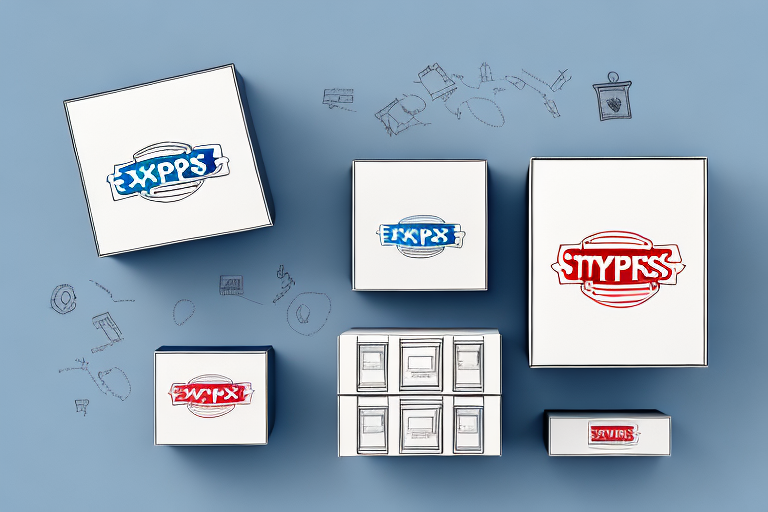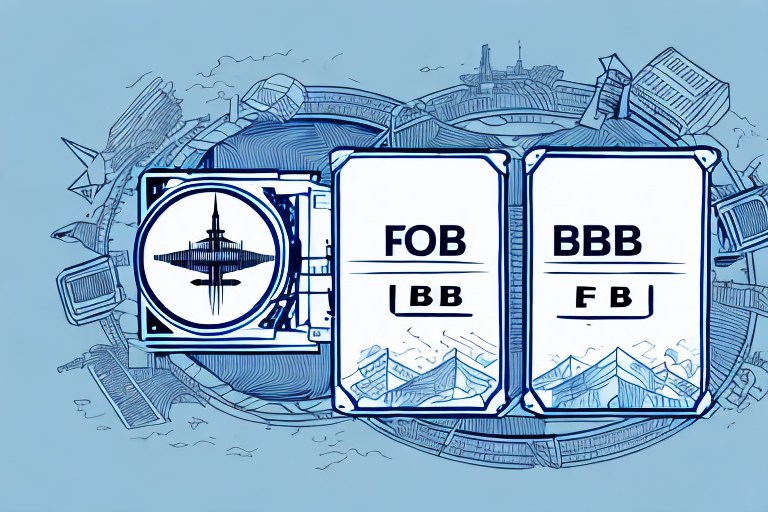Comparing Standard and Express Shipping: Choosing the Best Option for Your Needs
When it comes to shipping packages, selecting the right method is crucial for ensuring timely delivery and cost-effectiveness. The two primary options available are Standard Shipping and Express Shipping. Each offers distinct advantages and disadvantages, making the choice between them dependent on your specific requirements.
Understanding Standard Shipping
Standard shipping is the most commonly used shipping method due to its affordability and wide availability. It typically takes anywhere from a few days to a couple of weeks for packages to arrive, depending on the origin and destination.
Pros of Standard Shipping
- Cost-Effective: Standard shipping is generally less expensive than express options, making it ideal for non-urgent deliveries.
- Suitable for Non-Perishable Items: Ideal for shipping items like books, clothing, and other products that do not require immediate delivery.
- Lower Carbon Footprint: Fewer expedited trips can lead to reduced environmental impact.
Cons of Standard Shipping
- Longer Delivery Times: The extended delivery timeframe may not be suitable for urgent shipments.
- Limited Tracking and Insurance: Some standard shipping options may offer less comprehensive tracking and limited insurance coverage.
Exploring Express Shipping
Express shipping, also known as expedited shipping, offers faster delivery times, typically ranging from 1-3 business days. This option is best suited for urgent shipments where speed is a priority.
Advantages of Express Shipping
- Speed: Quick delivery times ensure that packages arrive promptly, which is essential for time-sensitive items.
- Reliability: Increased reliability with fewer delays and a higher guarantee of on-time delivery.
- Enhanced Tracking and Insurance: Often includes comprehensive tracking and better insurance options, providing peace of mind.
Drawbacks of Express Shipping
- Higher Costs: Express shipping is significantly more expensive than standard options, which may not be feasible for all budgets.
- Limited for Large or Heavy Packages: The cost can escalate quickly with the size and weight of the package.
When to Choose Standard vs. Express Shipping
Deciding between standard and express shipping depends on several factors:
- Delivery Timeframe: If you need your package delivered urgently, express shipping is the better choice.
- Budget: For cost-sensitive shipments, standard shipping offers a more economical solution.
- Package Content: Valuable or fragile items may benefit from the enhanced protection and tracking of express shipping.
- Environmental Considerations: Standard shipping is generally more eco-friendly due to lower transportation emissions.
Cost Differences and Factors Influencing Shipping Costs
The cost disparity between standard and express shipping primarily hinges on the following factors:
- Package Weight and Dimensions: Heavier and larger packages incur higher shipping costs.
- Distance: Longer distances increase shipping expenses.
- Delivery Speed: Faster delivery options come at a premium cost.
- Carrier Fees: Different carriers offer varying rates based on their service levels and operational costs.
According to the U.S. Census Bureau, shipping costs have been influenced by global supply chain disruptions, impacting both standard and express options.
Environmental Impact of Shipping Choices
Shipping methods have varying effects on the environment:
- Standard Shipping: Generally more sustainable due to consolidated shipments and less frequent transportation, resulting in lower carbon emissions.
- Express Shipping: Higher environmental impact from expedited transportation and increased fuel consumption.
Choosing standard shipping can contribute to reducing your carbon footprint, aligning with sustainable business practices.
Tips for Saving Money on Shipping
Whether opting for standard or express shipping, consider the following strategies to minimize costs:
- Compare Carriers: Evaluate rates from multiple carriers to find the most affordable option.
- Consolidate Shipments: Combine multiple packages into a single shipment to reduce overall costs.
- Choose Slower Delivery Options: If time permits, selecting a slower shipping method can lead to significant savings.
- Utilize Retailer Discounts: Many retailers offer free or discounted shipping for orders over a certain amount or through loyalty programs.
Conclusion
Choosing between standard and express shipping involves balancing cost, speed, reliability, and environmental impact. By understanding the key differences and evaluating your specific needs, you can make an informed decision that optimizes both your budget and delivery expectations.
Consider factors such as delivery timelines, package characteristics, and overall cost implications when selecting the appropriate shipping method. With careful planning and strategic choices, you can ensure efficient and effective delivery of your packages.




















